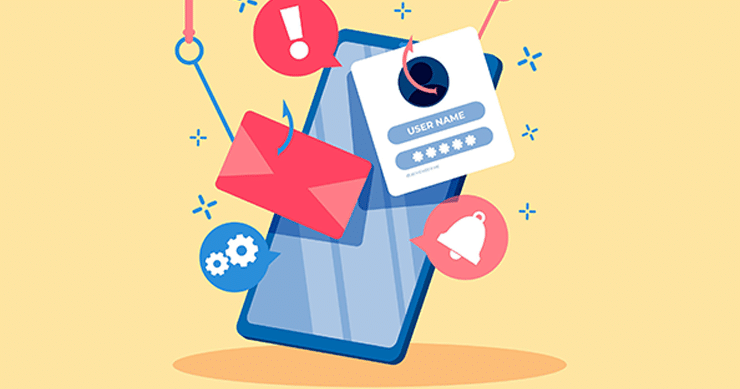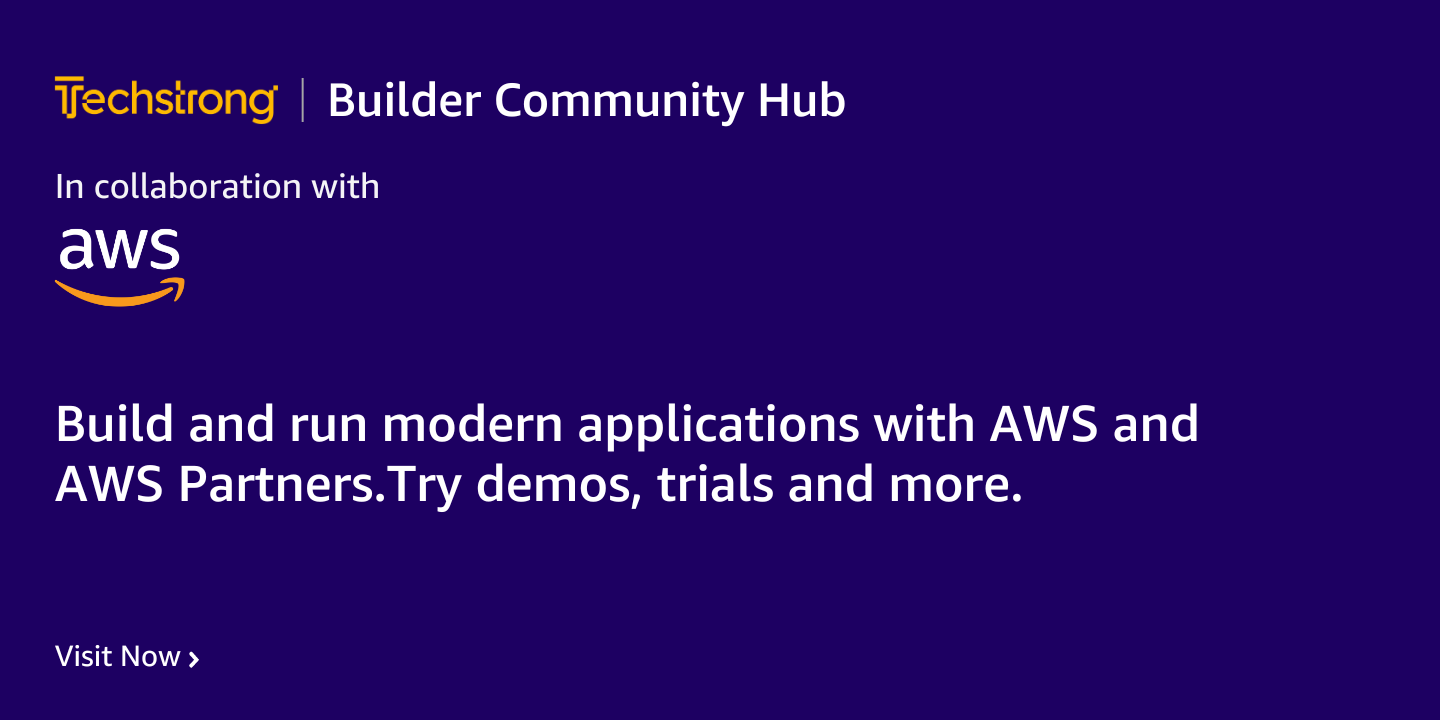Safeguarding Your Business From Social Media Risks
Social media is the avenue to foster connections, nurture relationships, and amplify your brand’s voice across a global digital stage. Yet, like any powerful digital tool, it carries its risks.
Don’t mistake this blog for a call to retreat into isolation; that’s rarely the solution. Instead, let’s discuss a balanced strategy that blends social connectivity’s strengths with the protection of robust security measures. Read on as we explore how to harness the best of both worlds, ensuring your business thrives in the digital age without falling prey to the risks of social media.

Why is Social Media Important for Business?
Social media’s importance for businesses is undeniable. With approximately 4.59 billion users worldwide in 2022, these platforms provide an unparalleled opportunity to connect with your audience and build valuable relationships. An effective social media presence enhances brand awareness, drives traffic, generates leads, and communicates your brand’s messages. Moreover, it facilitates increased customer interaction, allowing you to promote new products and engage your audience effectively.
However, the same social media channels that offer these benefits can also pose significant security threats. To safeguard your business and your employees, you must be aware of these social media security risks and implement robust security measures. Let’s delve into some of the significant social media security threats businesses should be vigilant about:
Five Major Social Media Security Threats
- Malware
Social media has become a breeding ground for malware. Attackers often use enticing links or attachments within social media platforms to infiltrate business networks.
- Social Engineering/Phishing
Phishing and social engineering are pervasive on social media. Attackers use various tactics to trick users into revealing sensitive information or clicking on malicious links. Social media sites like LinkedIn, rich in personal and business information, are common targets for spearphishing attacks, highlighting the need for improved security awareness and training.
- Human Error
Human error is a leading cause of data breaches, and social media is no exception. Employees may inadvertently share sensitive information or reuse passwords, creating security vulnerabilities. Practical training can help individuals recognize and avoid such errors.
- Unmonitored Accounts
Inactive or unmonitored social media accounts can become targets for hackers. Businesses should regularly monitor and secure all accounts, even those no longer in use, to prevent unauthorized access and reputation damage.
- Fake Pages
Cybercriminals often create fake accounts and pages impersonating legitimate businesses. These accounts can deceive users into sharing personal and financial information or promote harmful activities. Vigilant monitoring and reporting are crucial to mitigate this risk.
Social Media Security Consequences
The consequences of social media security incidents can be severe. They include:
- Loss of Reputation: A security breach can tarnish your brand’s reputation, erode customer trust, and hinder your ability to retain or attract new clients.
- Hacked Accounts: Hackers can compromise social media accounts, disrupting your ability to use these platforms for marketing and customer service.
- Exposure Due to Data Breach: In case of a social media platform data breach, your business data could be at risk, contributing to the overall risks of internet. Even seemingly innocuous information shared on social media can be exploited by cybercriminals, leading to significant privacy risks.
- Legal Liability: Businesses may face legal risks, including defamation, copyright infringement, or violations of consumer protection laws, due to content shared on social media.
Balancing Social Connectivity with Security
The power of social media for businesses is evident, but it must be wielded with caution. To minimize social media security risks, consider the following:
- Limit social media use to company-owned devices, especially in high-security environments. Clearly define the boundary between business and personal use.
- Establish an acceptable use policy for both company and employee-owned devices. This policy sets expectations for social media engagement and helps maintain your firm’s culture and reputation.
- Protect devices used for social media engagement and isolate them from higher-risk systems. Consider outsourcing social media functions to specialized firms.
- Monitor and document all social media channels used for official communication.
- Assign responsibility for their oversight and stay vigilant for copycat accounts.
- Implement multi-factor authentication (MFA) for all social media accounts.
While understanding and addressing security risks is crucial, it’s equally important to recognize that they are symptomatic of more significant issues within social media. The pervasive nature of these challenges highlights the need for more comprehensive reforms in how we approach social media globally.
Social Media Reforms: Addressing the Elephant in the Web
Recent events, such as the bans of notable public figures like President Trump on social media platforms, have raised critical questions about social media’s role in society. These events sparked debates about free speech and the power of private companies to de-platform individuals.
They also underscore the need for reforms in the realm of social media. Social media fundamentally differs from traditional media, and conventional regulatory approaches fail to address its unique challenges. The infinite bandwidth, user-generated content, and complex algorithms that drive social media require tailored solutions.
The future of social media regulation may involve self-regulation within the industry and external enforcement through government policies. Platforms like Twitter and Facebook have already voluntarily addressed harmful content. However, critics argue that these actions come too late and may be driven by self-interest. Meaningful reforms should tackle the root causes of these issues and balance the interests of all stakeholders.
The Need for Focusing on the Root Cause, Not the Symptom
Recent years have seen governments worldwide taking regulatory actions to address issues stemming from the explosive growth of social media. Countries such as the USA, Germany, Brazil, Bahrain, Hong Kong, India, Switzerland, and others have moved toward some form of oversight. Additionally, approximately seventeen countries globally, spanning Europe, the Middle East, South America, Asia, and beyond, have either passed or proposed laws restricting online content to combat the spread of fake news and other problematic digital content.
However, many of these regulatory responses focus on the symptoms rather than addressing the root cause of the issues at hand. The core problem lies in the systematic ability of social media companies to introduce critical features into their platforms without adequate regulatory oversight. When individual states respond to these issues, they often overlook the underlying causes and concentrate on the symptoms. For instance, Germany’s response, through the Network Enforcement Act (NetzDG), places the onus on social media organizations to report their responsibilities to German authorities. This approach to combatting fake news and hate speech has its challenges, as any comprehensive restrictions on communication methods can raise concerns about limiting citizens’ freedom or granting excessive power to the state, particularly in authoritarian regimes.
A Call for Structural Regulation
Structural regulation must focus on systematic changes that address the issues underlying mechanisms. For example, social media platforms like Facebook allow advertisers to precisely target users based on age, gender, interests, and more. This practice significantly influences users’ perceptions and can facilitate the spread of misinformation.
Regulation should either prohibit such targeting altogether or require companies to give users the option to opt out of targeted advertising. Moreover, regulations must target the algorithms that determine the content users see. Platforms like Facebook, Twitter, and YouTube use algorithms to identify user engagement patterns and promote similar content. Similarly, artificially using bots to boost user engagement can create a false sense of popularity or consensus around various topics, including political ideologies. Such practices should be curtailed at the platform’s development stage. As democracy hangs in the balance, the decisions made by companies and regulators today will shape the future of public social discourse.
With Centraleyes, businesses can harness the full potential of social media while safeguarding their reputation, data, and customer trust. Together, we can embrace the digital age, balancing the benefits of social connectivity with the need for security and compliance.
The post Safeguarding Your Business From Social Media Risks appeared first on Centraleyes.
*** This is a Security Bloggers Network syndicated blog from Centraleyes authored by Michelle Ofir Geveye. Read the original post at: https://www.centraleyes.com/safeguarding-your-business-from-social-media-risks/



